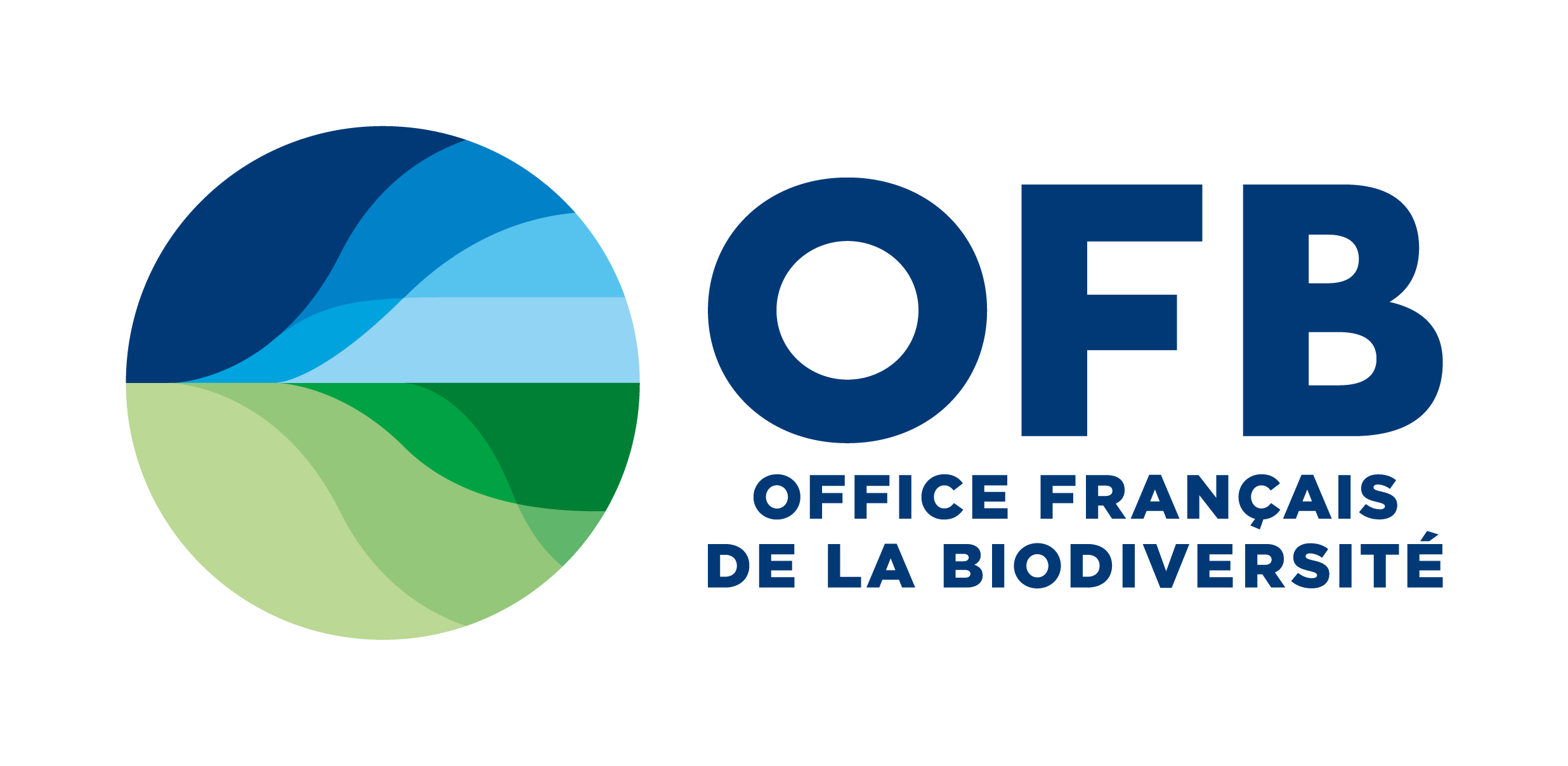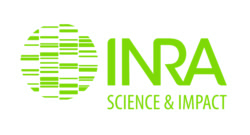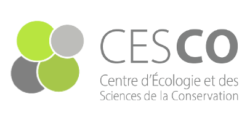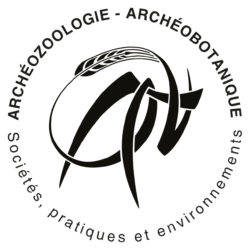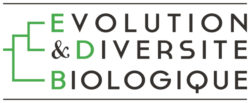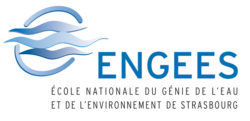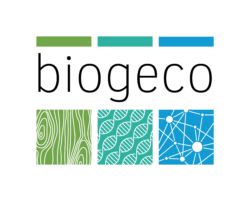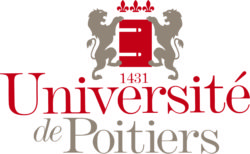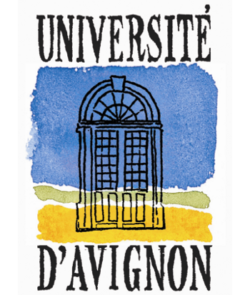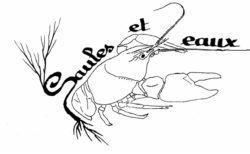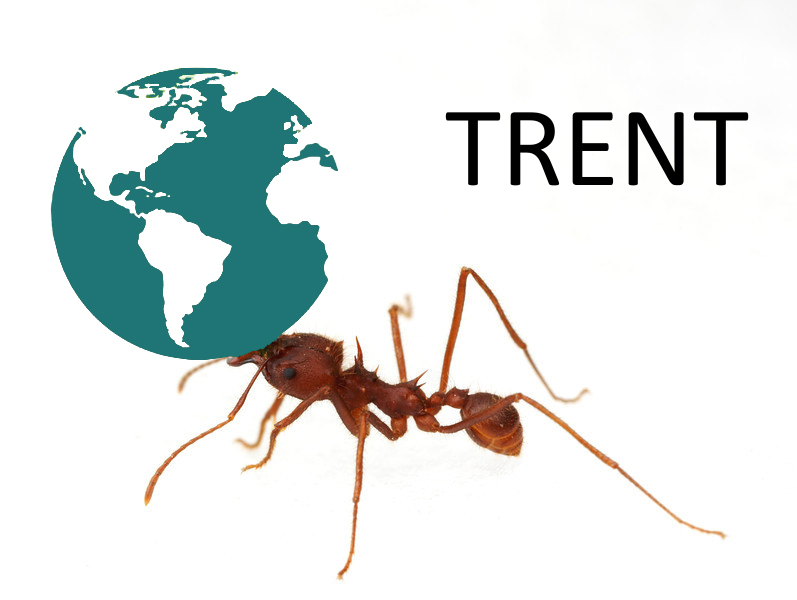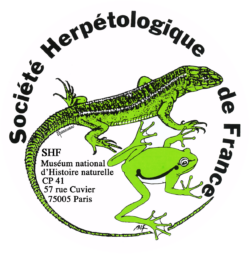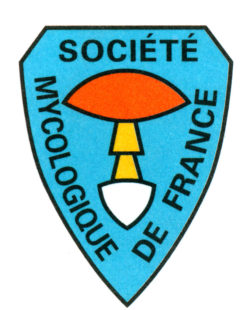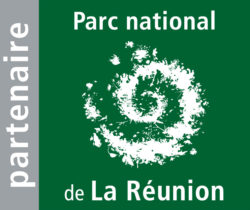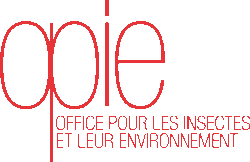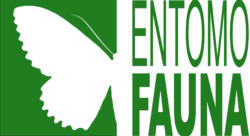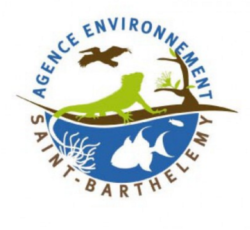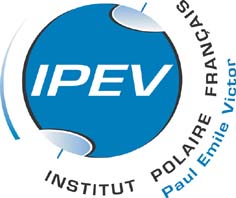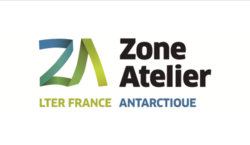Références bibliographiques relatives au groupe des oiseaux
Pour rechercher un mot clé dans la page, taper le mot dans l’outil « rechercher » de votre navigateur.
Pour télécharger le document cliquez sur le rond bleu.
Aagaard, K. &J. L. Lockwood. 2016. Severe and rapid population declines in exotic birds. Biological Invasions 18(6): 1667-1678.![]()
Alessi, M. G., Miller, C.A., & Campbell & L.K. 2012. Illinois Waterfowl Hunter Survey: Behavior, Satisfaction, and Video-Watching of Waterfowl Hunters. Job Report, Federal Aid in Wildlife Restoration W-112-R-21. Champaign, Illnois Natural History Survey: 60.![]()
Allen, C. 2006. Predictors of Introduction Success in the South Florida Avifauna. Biological Invasions 8(3): 491-500.![]()
Amiot, C., Lorvelec, O., Mandon-Dalger, I., Sardella, A., Le Quilliec, P. & Clergeau, P. 2007. Rapid morphological divergence of introduced Red-whiskered Bulbuls Pycnonotus jocosus in contrasting environements. Ibis, 149: 482- 489.![]()
Andrew, S. C., & al. 2018. The genetic structure of the introduced house sparrow populations in Australia and New Zealand is consistent with historical descriptions of multiple introductions to each country. Biological Invasions 20(6): 1507-1522.![]()
Aslan, C. 2011. Implications of newly-formed seed-dispersal mutualisms between birds and introduced plants in northern California, USA. Biological Invasions 13(12): 2829-2845.![]()
Banks, A. N., Wright, L.J., Maclean, I.M.D. , Hann C. & Rehfisch, M.M. 2008. L’Étude sur l’état des espèces d’oiseaux d’eau indigènes introduites dans la zone de l’Accord sur les oiseaux d’eau d’Afrique-Eurasie : mise à jour 2007 Série technique de l’AEWA. 32: 24.
Barbanera, F., & al. 2009. Human-mediated introgression of exotic chukar (Alectoris chukar, Galliformes) genes from East Asia into native Mediterranean partridges. Biological Invasions 11(2): 333-348.![]()
Barre S., Mandon-Dalger I. & Clergeau P. 1998. Premières données sur la reproduction du Bulbul orphée Pycnonotus jocosus sur l’île de la Réunion. Alauda 66: 258-260.![]()
Benmergui, M., Bulliffo, F. & Fouque, C. 2011. L’Ouette d’Egypte Alopochen aegyptiaca Synthèse bibliographique et perspectives de gestion pour la France, ONCFS-CNERA: 42.![]()
Berthouly-Salazar, C., & al. 2012. Spatial Sorting Drives Morphological Variation in the Invasive Bird, Acridotheris tristis. PLoS ONE 7(5): e38145.![]()
Burnett, J. L., & al. 2017. Range expansion by Passer montanus in North America. Biological Invasions 19(1): 5-9.![]()
Blackburn, T., & al. 2013. Propagule pressure as a driver of establishment success in deliberately introduced exotic species: fact or artefact? Biological Invasions 15(7): 1459-1469.![]()
Bouviala, O & Clergeau, P. 2017. La Perruche à collier. Une « belle invasive » en Île-de-France. Le courrier de la Nature. 304 : 26-32.
Buchanan, J., & al. 2007. A synopsis of suggested approaches to address potential competitive interactions between Barred Owls (Strix varia) and Spotted Owls (S. occidentalis). Biological Invasions 9(6): 679-691.![]()
Cabezas, S., & al. 2013. Differences in acute stress responses between wild-caught and captive-bred birds: a physiological mechanism contributing to current avian invasions? Biological Invasions 15(3): 521-527.![]()
Casas, F., & al. 2011. Fitness consequences of anthropogenic hybridization in wild red-legged partridge (Alectoris rufa, Phasianidae) populations. Biological Invasions 14(2): 295-305.![]()
Cattau, C. E., & al. 2017. Rapid morphological change of a top predator with the invasion of a novel prey. Nature Ecology & Evolution 1:10. ![]()
Clergeau, P. 1997. Le concept de gestion intégrée appliqué aux oiseaux. p. 363-374. In Oiseaux à risques en ville et en campagne; vers une gestion intégrée des populations. Clergeau P., INRA Ed., Coll. « Un point sur », Paris.![]()
Clergeau, P. 2000. Contrôle des oiseaux ravageurs de cultures : de la destruction à la gestion. Journal of Mountain Ecology 5: 219-227.![]()
Clergeau, P., Fourcy, D., Reeber, S. & Yesou, P. 2010. New but nice? Do alien sacred ibises Threskiornis aethiopicus stabilize nesting colonies of native spoonbills Platalea leucorodia at Grand-Lieu Lake, France? Oryx, 44: 533-538.![]()
Clergeau, P. & Mandon-Dalger, I. 2001. Fast colonization of introduced bird: the case of Pycnonotus jocosus on Mascarene Islands. Biotropica 33: 542-546.![]()
Clergeau, P., Mandon-Dalger, I. & Georger, S. 2002. Mise en place d’une gestion intégrée d’un oiseau ravageur des cultures à la Réunion. Ingénieries 30: 71-80.![]()
Clergeau, P., Leroy, O., Lenancker, P. 2015. Dynamique de la population de perruche à collier Psittacula krameri en Ile de France. Alauda 83 : 165-174.![]()
Clergeau, P., Levesque, A. & Lorvelec, O. 2004. The precautionary principle and biological invasion: the case of the House Sparrow on the Lesser Antilles. International Journal of Pest Management 50: 83-89.![]()
Clergeau, P., Reeber, S., Bastian, S. & Yésou, P. 2010. Le profil alimentaire de l’ibis sacré Threskiornis aethiopicus introduit en France métropolitaine : espèce généraliste ou spécialiste ? Revue d’Ecologie (Terre&Vie), 65: 331-342.![]()
Clergeau, P. & Vergnes, A. 2011. Bird feeders may sustain feral Rose-ringed parakeets Psittacula krameri in temperate Europe. Wildlife Biology 17: 248-252.![]()
Clergeau, P., Vergnes, A. & Delanoue, R. 2009. La perruche à collier Psittacula krameri introduite en Ile-de-France : distribution et régime alimentaire. Alauda 77: 121-32.![]()
Clergeau, P. & P. Yésou. 2006. Behavioural Flexibility and Numerous Potential Sources of Introduction for the Sacred Ibis: Causes of Concern in Western Europe? Biological Invasions 8(6): 1381-1388.![]()
Croci, S., Le Quilliec, P. & Clergeau, P. 2007. Geographical range as predictor of spatial expansion of invading birds. Biodiversity and Conservation 16: 511-524.![]()
Croxall, J. P., & al. 2012. Seabird conservation status, threats and priority actions: a global assessment. Bird Conservation International 22(01): 1-34.![]()
Czarnecka, J., & al. 2013. Seed dispersal in urban green space – Does the rook Corvus frugilegus L. contribute to urban flora homogenization? Urban Forestry & Urban Greening 12(3): 359-366.![]()
Da Silva, J. M. C., & al. 2018. Niche expansion of the common waxbill (Estrilda astrild) in its non-native range in Brazil. Biological Invasions 20(9): 2635-2646.![]()
Dongen, W. F. D., & al. 2013. Behavioural and genetic interactions between an endangered and a recently-arrived hummingbird. Biological Invasions 15(5): 1155-1168.![]()
Farina, A., &al. 2013. Acoustic patterns of an invasive species: the Red-billed Leiothrix (Leiothrix lutea Scopoli 1786) in a Mediterranean shrubland. Bioacoustics 22(3): 175-194.![]()
Fouque, C., Schricke, V., David, Y., & Serre, D. 2011. La bernache du Canada : une espèce exotique devenue envahissante Diagnostic – Plan de lutte – Régulation. Faune sauvage: 14 pp.
Gamarra, J. G. P., & al. 2005. Competition and introduction regime shape exotic bird communities in Hawaii. Biological Invasions 7(2): 297-307.![]()
González-Oreja, J. A., et al. 2018. Using variation partitioning techniques to quantify the effects of invasive alien species on native urban bird assemblages. Biological Invasions 20(10): 2861-2874.![]()
Grarock, K., & al. 2012. Is It Benign or Is It a Pariah? Empirical Evidence for the Impact of the Common Myna Acridotheres tristis on Australian Birds. PLoS ONE 7(7):![]()
Grarock, K., & al. 2013. Does Human-Induced Habitat Modification Influence the Impact of Introduced Species? A Case Study on Cavity-Nesting by the Introduced Common Myna Acridotheres tristis and Two Australian Native Parrots. Environmental Management 52(4): 958-970.![]()
Hugo, S. & Rensburg, B. J.2009. Alien and native birds in South Africa: patterns, processes and conservation. Biological Invasions 11(10): 2291-2302.![]()
Hughes, B. J., & al. 2017. Estimating the extent of seabird egg depredation by introduced Common Mynas on Ascension Island in the South Atlantic. Biological Invasions 19(3): 843-857.![]()
Julliard, R., & al. 2006. Spatial segregation of specialists and generalists in bird communities. Ecology letters 9(11): 1237-1244.![]()
Kark, S., Solarz, W., Chiron, F., Clergeau, P., & Shirley, S. 2009. Alien Birds, Amphibians and Reptiles of Europe. DAISIE, Handbook of Alien Species in Europe: 105-118.![]()
Koch, A. J., & al. 2012. The relationship between introduced European Starlings and the reproductive activities of Mountain Bluebirds and Tree Swallows in British Columbia, Canada. Ibis 154(3): 590-600.![]()
Koons, D. N., & al. 2014. Effects of exploitation on an overabundant species: the lesser snow goose predicament. Journal of Animal Ecology 83(2): 365-374.![]()
Krzemińska, U., & al. 2016. Genetic diversity of native and introduced populations of the invasive house crow (Corvus splendens) in Asia and Africa. Biological Invasions 18(7): 1867-1881.![]()
Kumschick, S., & al. 2012. What determines the impact of alien birds and mammals in Europe? Biological Invasions 15(4): 785-797.![]()
Kumschick,, S. & Nentwig, W. 2010. Some alien birds have as severe an impact as the most effectual alien mammals in Europe. Biological Conservation 143: 2757-2762. ![]()
Lavers, J. L., & al. 2010. Bird demographic responses to predator removal programs. Biological Invasions 12(11): 3839-3859.![]()
Le Gros, A., P. Clergeau, D. Zuccon, R. Cornette, B. Mathhys and S. Samadi. 2016. Invasion history and demographic processes associated with rapid morphological changes in the Red-whiskered bulbul established on tropical islands. In revision for Molecular Ecology.![]()
Le Gros, A., Samadi, S., Zuccon, D., Cornette, R., Braun M., Senar, JC. & Clergeau, P. 2016. Rapid morphological changes, admixture and invasive success in populations of Ring-necked parakeets (Psittacula krameri) established in Europe. Biological Invasions 18: 1581-1598.![]()
LeLouarn, M. & Clergeau, P. 2016. Compétition à la mangeoire entre la perruche à collier et les oiseaux du jardin. Le Biodiversitaire in press.
Le Louarn, M., Couillens, B., Deschamps-Cottin, M., & Clergeau, P. 2016. Interference competition between an invasive parakeet and native bird species at feeding sites. Journal of Ethology, 34(3), 291–298. http://doi.org/10.1007/s10164-016-0474-8.![]()
Lenancker, P. & Clergeau, P. 2014. La perruche à collier progresse en Ile-de-France. Le Biodiversitaire 2014, 77-80.![]()
Le Gros, A., & al. 2016. Rapid morphological changes, admixture and invasive success in populations of Ring-necked parakeets (Psittacula krameri) established in Europe. Biological Invasions 18(6): 1581-1598.![]()
Lovas‐Kiss, Á., & al. 2018. Crayfish invasion facilitates dispersal of plants and invertebrates by gulls. Freshwater Biology 63(4): 392-404.![]()
Lovette, I. J., & al. 1999. The Assembly of an Island Fauna by Natural Invasion: Sources and Temporal Patterns in the Avian Colonization of Barbados. Biological Invasions 1(1): 33-41.![]()
Mandon-Dalger I., Le Corre M., Clergeau P., Probst JM. & Besnard N. 1999. Modalités de la colonisation de l’île de la Réunion par le Bulbul Orphée Pycnonotus jocosus. Revue d’Ecologie (Terre et Vie) 54: 283-295.![]()
Mandon-Dalger, I., Clergeau, P., Tassin, J., Rivière E. & Gatti S. 2004. Relationships between alien plants and an alien bird species on Reunion Island. Journal of Tropical Ecology 20: 1-8.![]()
Marion, L. 2015. Impacts collateraux des destructions d’Ibis sacrés Threskiornis aethiopicus en France. 6p.![]()
Marion, L. 2013. Is the Sacred ibis a real threat to biodiversity? Long-term study of its diet in non-native areas compared to native areas. Comptes Rendus Biologies 336(4): 207-220.![]()
Moulton, M. P., & al. 2012. Is propagule size the critical factor in predicting introduction outcomes in passeriform birds? Biological Invasions 15(7): 1449-1458.![]()
Muñoz-Fuentes, V., & al. 2012. Genetic studies facilitated management decisions on the invasion of the ruddy duck in Europe. Biological Invasions 15(4): 723-728.![]()
Orchan, Y., & al. 2012. The complex interaction network among multiple invasive bird species in a cavity-nesting community. Biological Invasions 15(2): 429-445.![]()
Pârâu L.G., Strubbe D., Mori E., Menchetti M., Ancillotto L., van Kleunen A., White R.L., Luna A., Hernández-Brito D., LeLouarn M., Clergeau P., Albayrak T., Franz D., Braun M.P., Schroeder J., Wink M.? 2016. Rose-ringed parakeet Psittacula krameri populations and numbers in Europe: A complete overview. Open Ornithology Journal 9:1-13.![]()
Pereira, P. F., & al. 2017. Competitive advantages of the red-billed leiothrix (Leiothrix lutea) invading a passerine community in Europe. Biological Invasions 19(5): 1421-1430.![]()
Rodriguez-Cabal, M. A.,& al. 2012. Overestimation of establishment success of non-native birds in Hawaii and Britain. Biological Invasions 15(2): 249-252.![]()
Rodriguez-Pastor, R., Senar, J. C., Ortega, A., Faus, J., Uribe, F., & Montalvo, T. 2012. Distribution patterns of invasive Monk parakeets (Myiopsitta monachus) in an urban habitat. Animal Biodiversity and Conservation 35(1): 107-117.![]()
Roussel, JM., Le Quilliec, P. & Clergeau, P. 2010. Stable isotope analysis to examine possible diet-morphology relationships among Red-wiskered Bulbuls introduced on Réunion Island. Ostrich, 81 : 129-133.![]()
Sanz-Aguilar, A. & al. 2015. The empty temporal niche: breeding phenology differs between coexisting native and invasive birds. Biological Invasions 17(11): 3275-3288.![]()
Santos, E. S. A., & al. 2012. Low genetic and morphological differentiation between an introduced population of dunnocks in New Zealand and an ancestral population in England. Biological Invasions 15(1): 185-197.![]()
Shiels, A. B., & al. 2018. Diets of Kauai’s invasive rose-ringed parakeet (Psittacula krameri): evidence of seed predation and dispersal in a human-altered landscape. Biological Invasions 20(6): 1449-1457.![]()
Sodhi, N. 2010. Avian diasporas: unleashed but overlooked. Biological Invasions 12(7): 2373-2374.![]()
Starling-Windhof, A., & al. 2010. Differential effects of exotic predator-control on nest success of native and introduced birds in New Zealand. Biological Invasions 13(4): 1021-1028.![]()
Teale, C. L. 2011. A revised account of initial mute swan (Cygnus olor) introductions to the northeastern United States. Biological Invasions 13(8): 1729-1733.![]()
Thabethe, V. &al. 2015. Ingestion by an invasive parakeet species reduces germination success of invasive alien plants relative to ingestion by indigenous turaco species in South Africa. Biological Invasions 17(10): 3029-3039.![]()
Theuerkauf, J., & al. 2010. Inventory of alien birds and mammals in the Wallis and Futuna Archipelago. Biological Invasions 12(9): 2975-2978.![]()
Thibault, M., & al. 2018. The red-vented bulbul (Pycnonotus cafer): serious pest or understudied invader? Biological Invasions 20(1): 121-136.![]()
Vall-llosera, M., & al. 2017. Improved surveillance for early detection of a potential invasive species: the alien Rose-ringed parakeet Psittacula krameri in Australia. Biological Invasions 19(4): 1273-1284.![]()
Vall-llosera, M., & al. 2016. Competition, niche opportunities and the successful invasion of natural habitats. Biological Invasions 18(12): 3535-3546.![]()
Viana, I. R., & al. 2016. Monk parakeet invasion success: a role for nest thermoregulation and bactericidal potential of plant nest material? Biological Invasions 18(5): 1305-1315.![]()
Warren, J.-E. 2008. Egyptian Geese (Alopochen aegyptiaca) Eating New Zealand Pigmyweed (Crassula helmsii). British Birds, 101: 173-226.![]()


